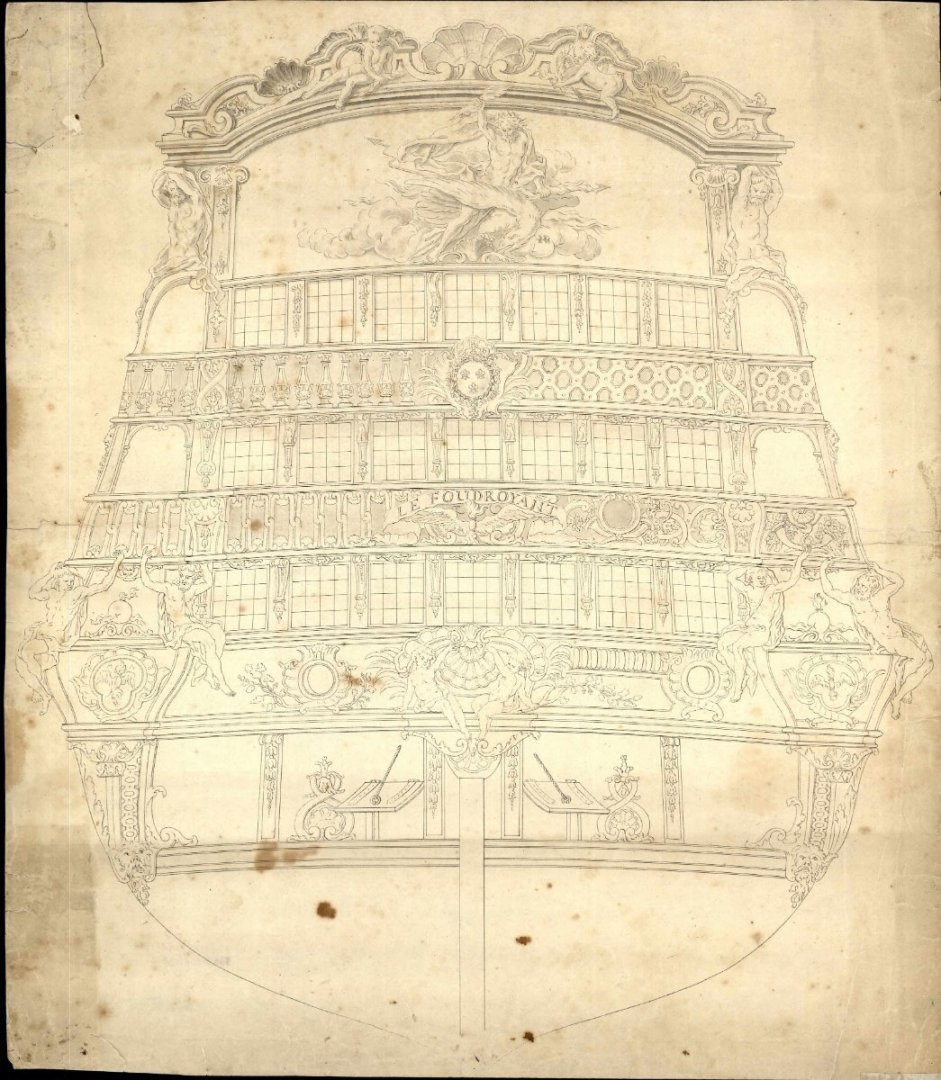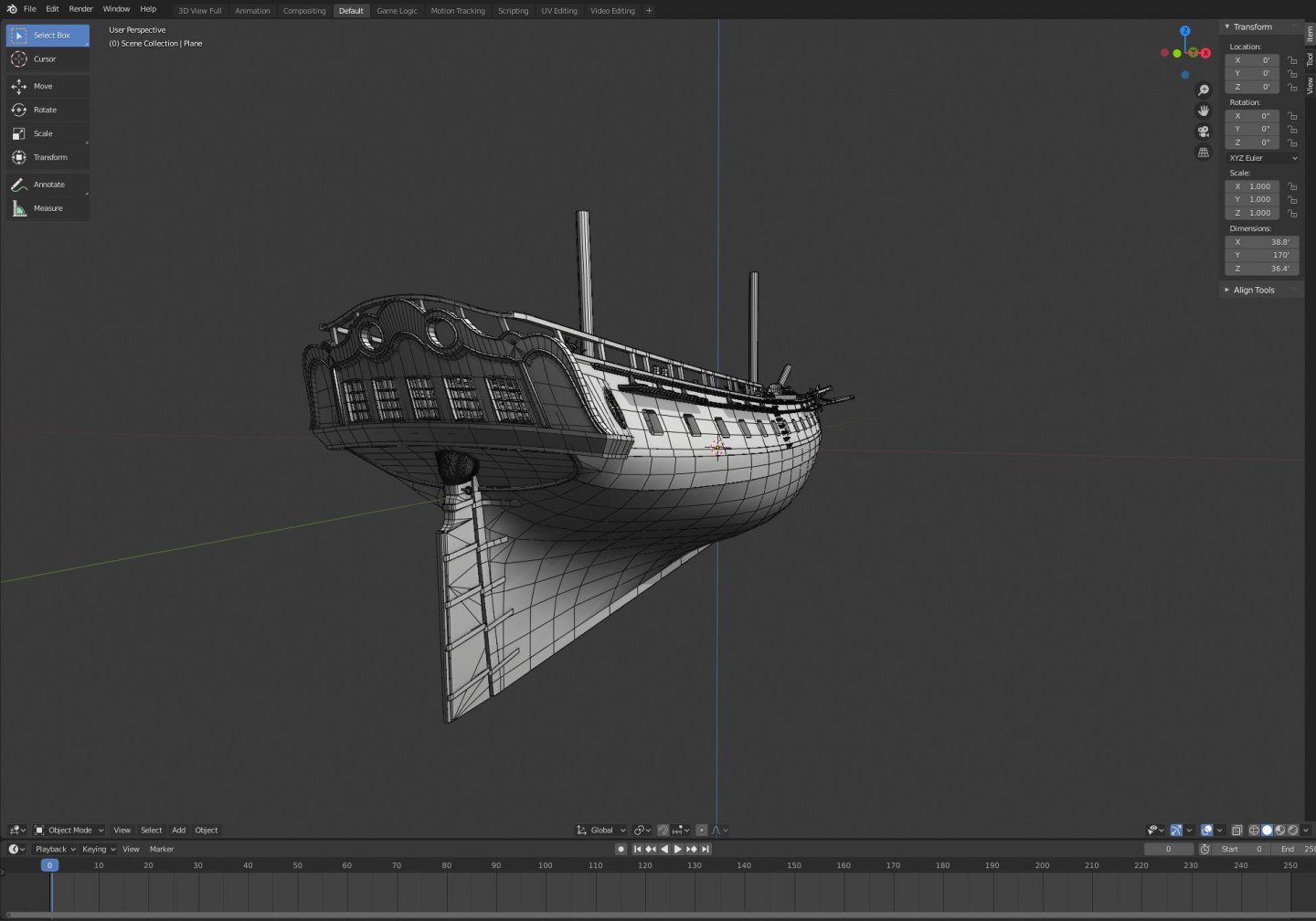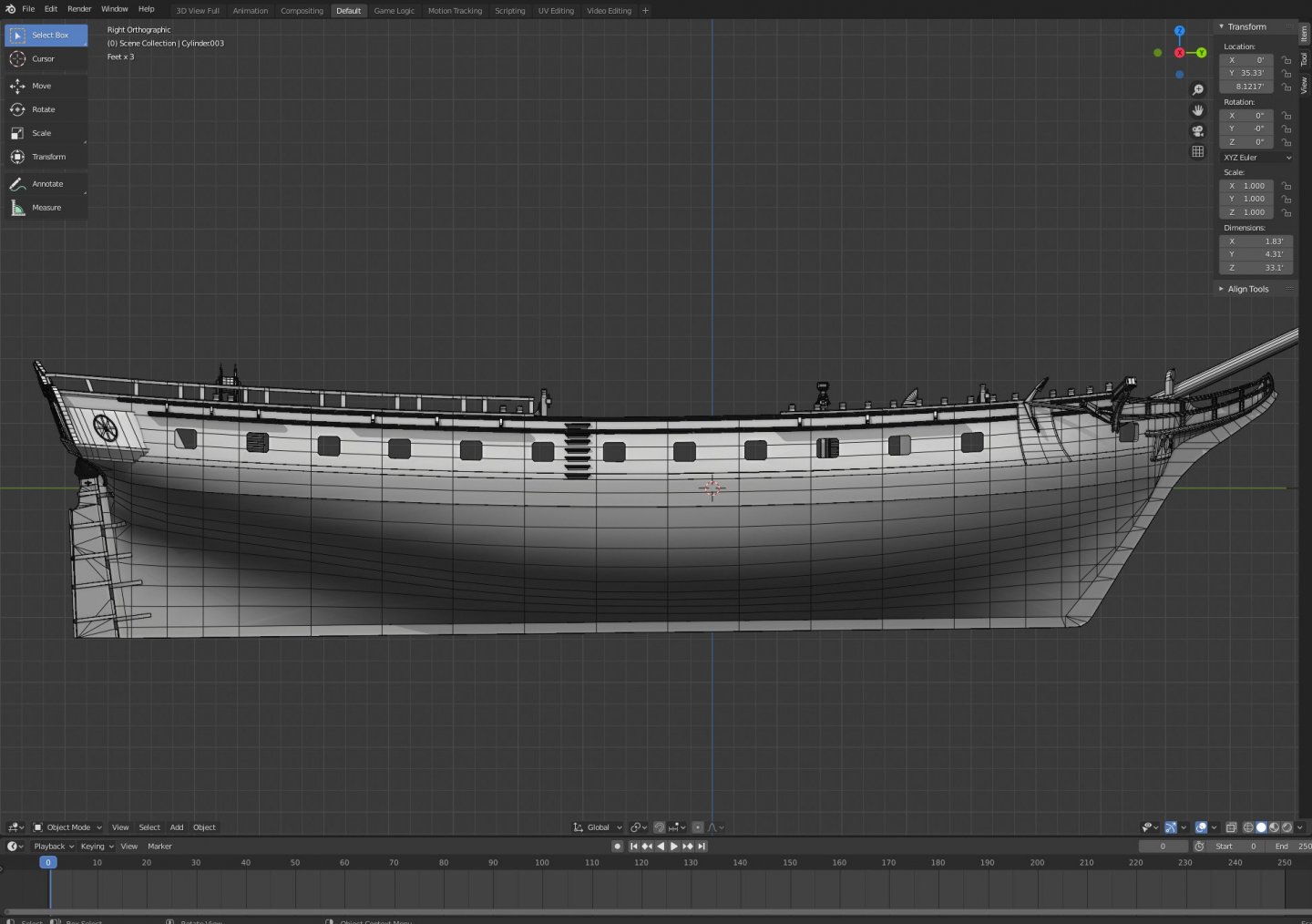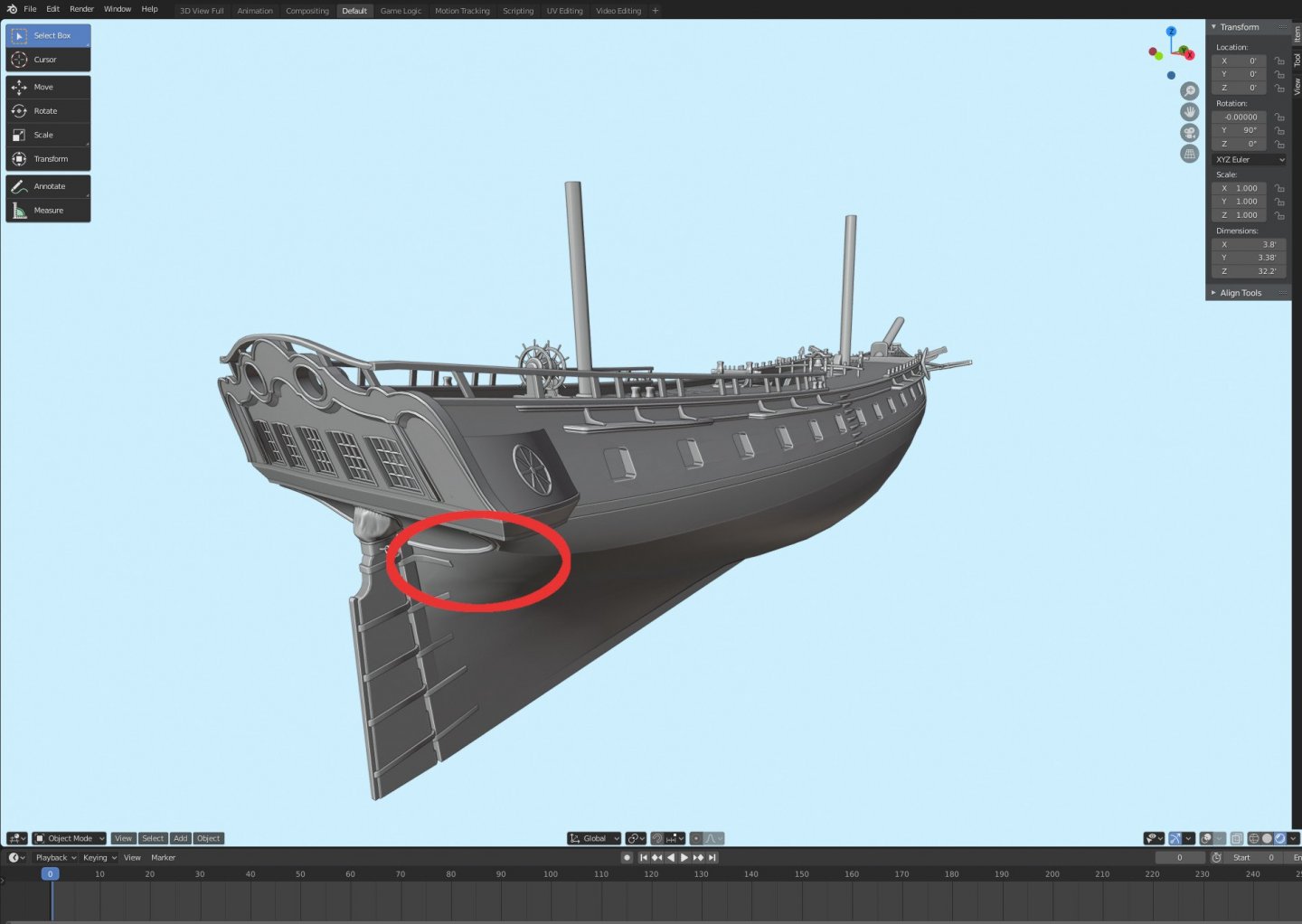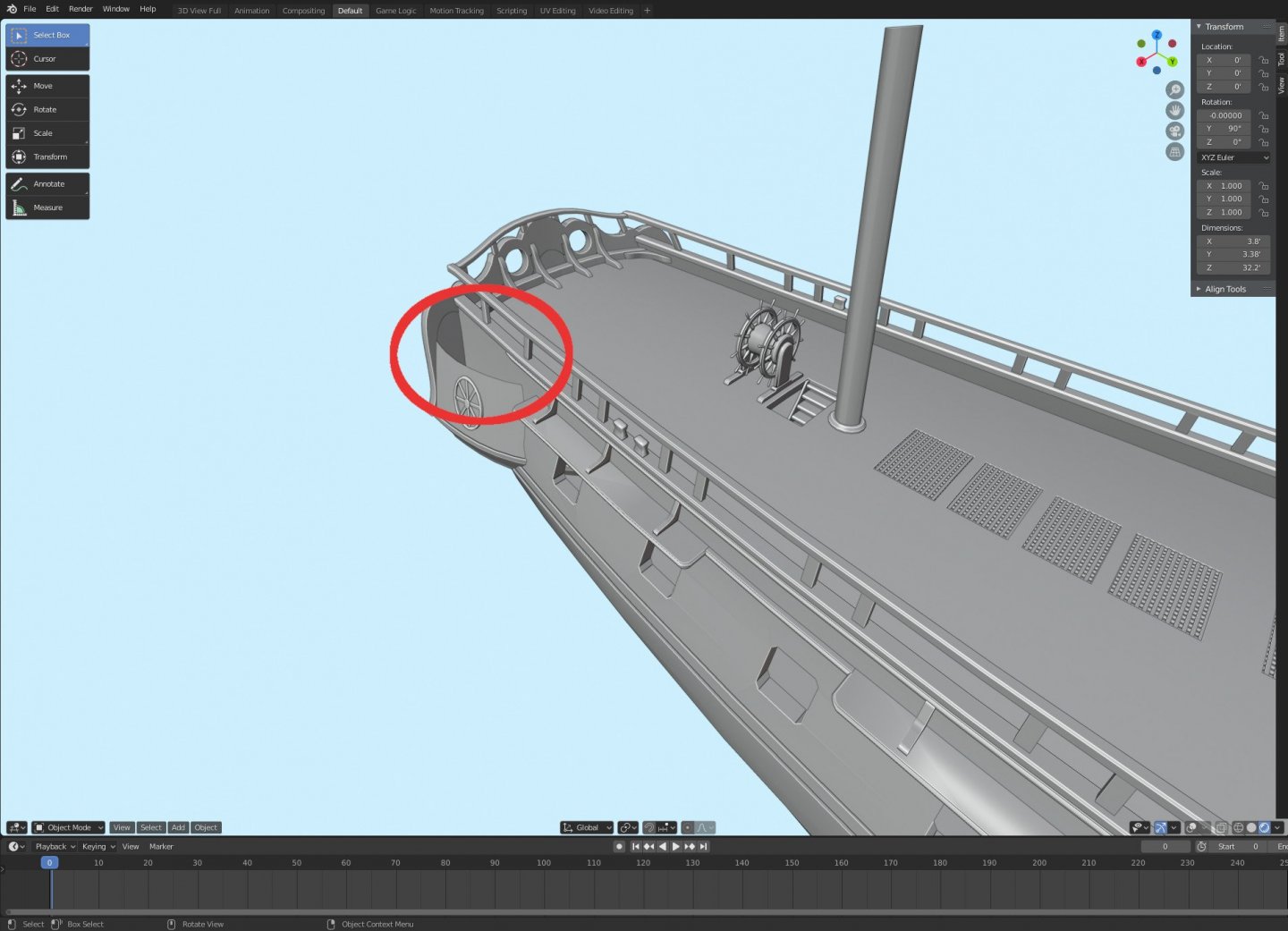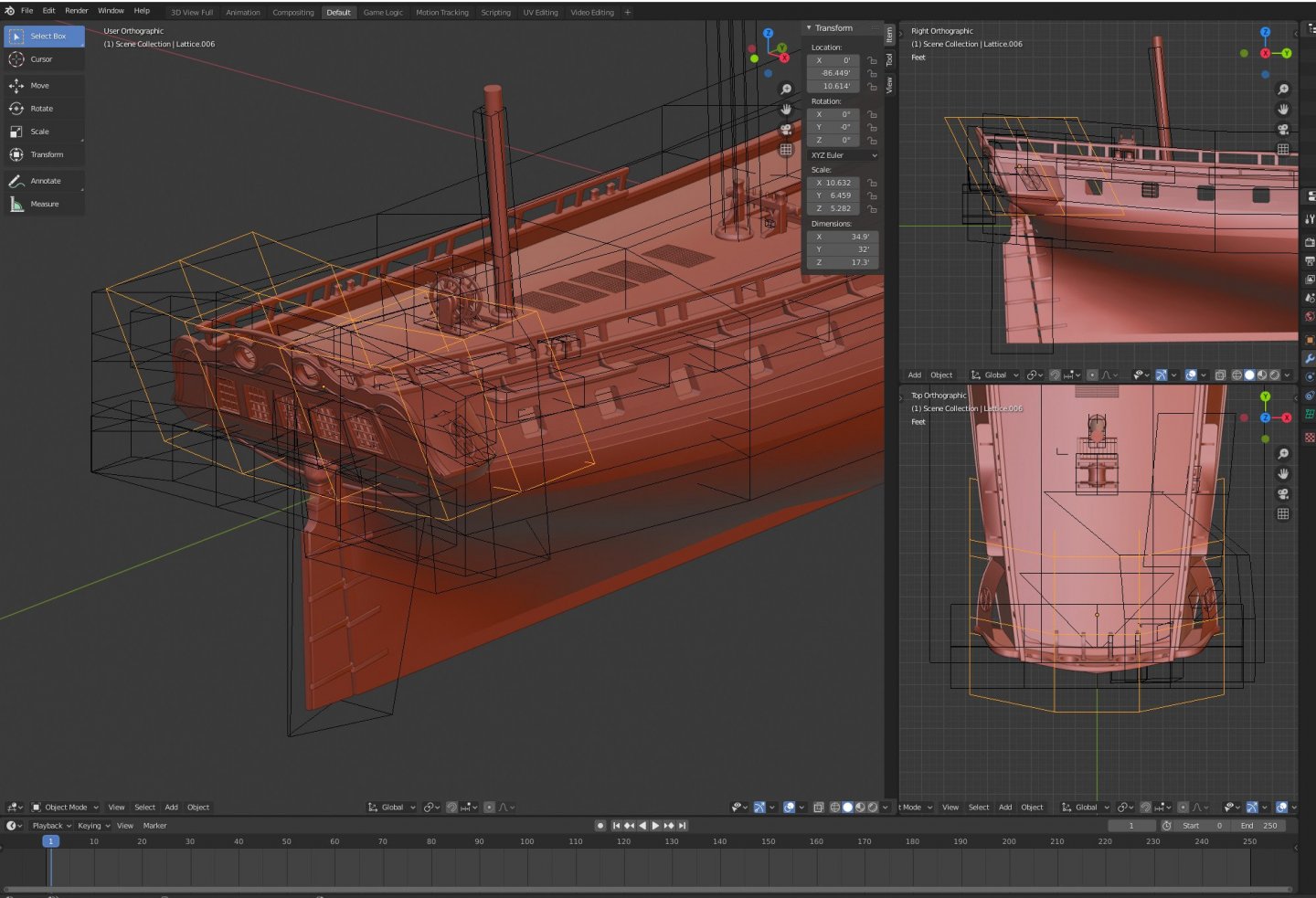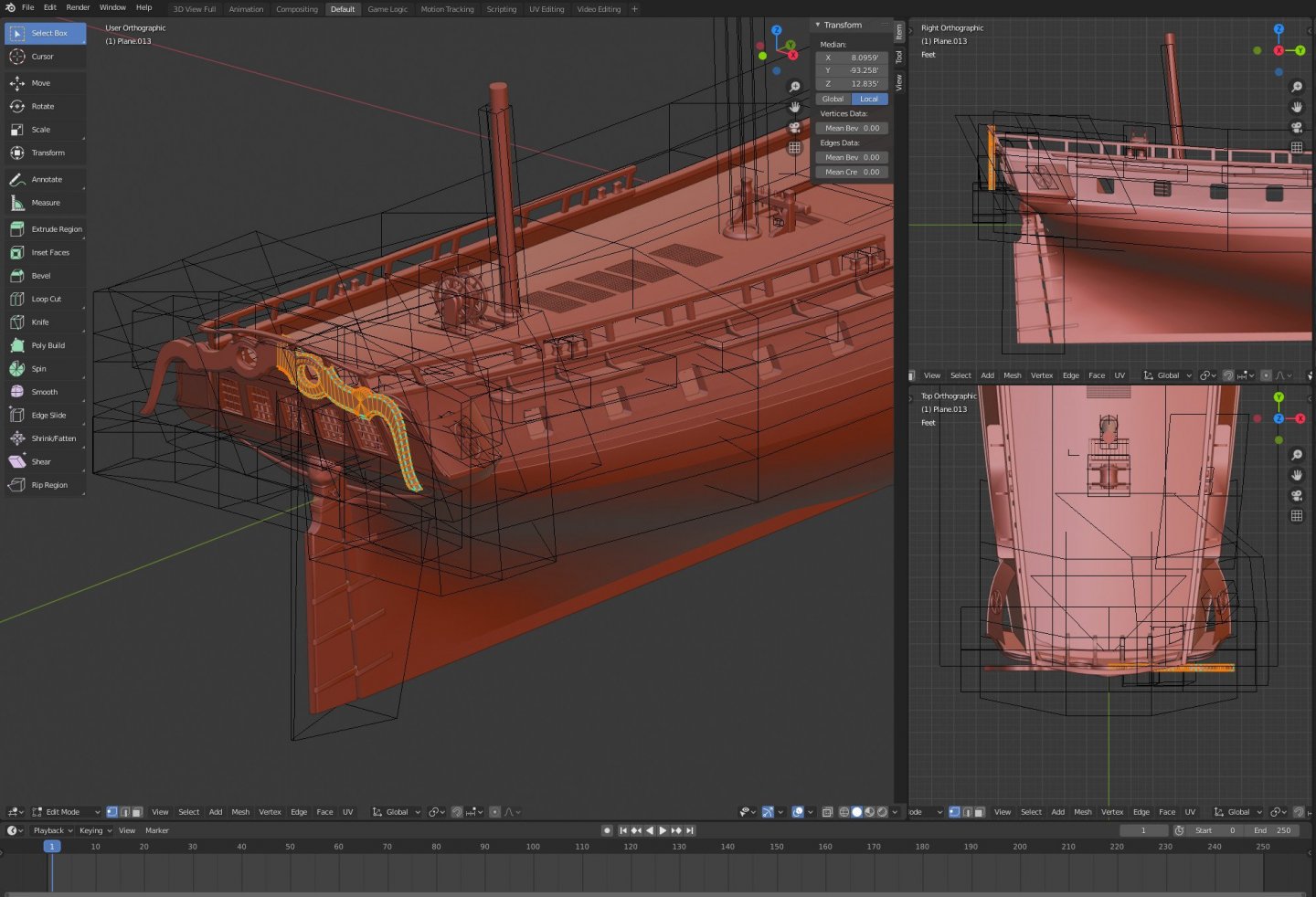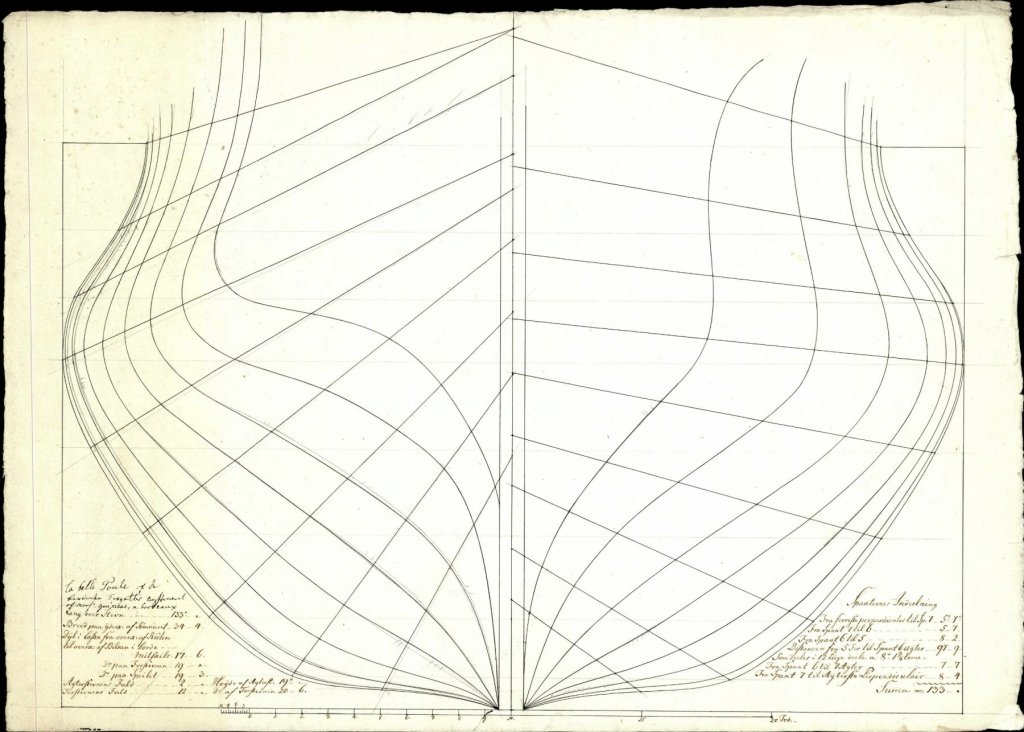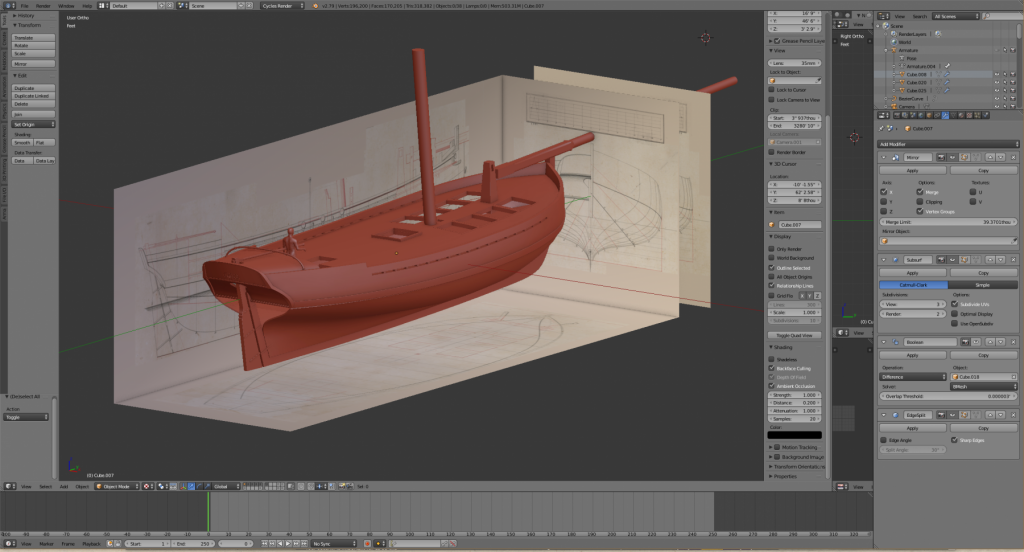-
Posts
121 -
Joined
-
Last visited
Content Type
Profiles
Forums
Gallery
Events
Everything posted by malachy
-
But both were three deckers, right? Le Fulminant had 8-pounders on the upper deck, Le Foudroyant had 12-pounders there. And I thought the classic french 74s had their origin in the successful large 70s with 36-pounders on the lower deck. And this talk about Louis XIV's ships reminds that I still haven`t ordered the La Volage monograph. Brb
-

USF Confederacy in 3D | Blender
malachy replied to 3DShipWright's topic in CAD and 3D Modelling/Drafting Plans with Software
Great stuff! Thought about getting back to modelling ships/Blender for a while now after a two year hiatus, this thread gave me the missing motivation. Absolutely gorgeous model, mr shipwright- 105 replies
-
- Frigate
- Confederacy
-
(and 1 more)
Tagged with:
-
Thanks It´s far from being done, though. A wireframe of your model would be nice, it´s easier to see problematic areas. Especially if you worry about polycount, most parts don´t need an excessive amount of triangles: I try to emulate how the planks would have been on a real ship, much easier to texture and you usually get away with using less triangles and still have a relatively smooth hull. Edit Oh, and 'wt' is 'wing transom'
-
Off to a good start, it seems, bow is looking much better. But if you really want a nice looking model, take Mark's advice and redo the stern area, especially the quarter galleries. The hull goes all the way to the 'back' of the ship, the quarter galleries are just a nicely curved extension and not part of the hull structure. The wales stop at the wing transom (your wt should be straight, by the way, the round wing transom on my model was a particularity of the naval architect who designed this ship). Anyway, you've already made a fine looking model, happy blending!
-
Ha. KrisWood, that's a name I haven´t seen in a long time (PotBS and PA! forums?). Looking forward to your build, the Oseberg ship certainly is an interesting subject
-

Suggestion for post titles
malachy replied to edbardet's topic in CAD and 3D Modelling/Drafting Plans with Software
Just experienced this yesterday, I gave an advice on how to approach a certain area with Blender techniques. Problem is, the thread starter is using 3Dmax >.< -
@Hubac's Historian Stumbled over this in the Swedish archives today: https://digitaltmuseum.se/011024826857/ritning/media?slide=0 https://digitaltmuseum.se/011024826859/ritning Both are attributed to Compardel, but the ship isn´t the SR. Any ideas which vessel this might be?
- 2,432 replies
-
- heller
- soleil royal
-
(and 9 more)
Tagged with:
-
Through industrial espionage missions educational trips of their shipwright trainees. These were a part of the very thorough education danish naval engineers received on the way to the top post of fabrikmester (with tasks similiar to the british surveyor). For example, Frantz Hohlenberg travelled to France, England, the Netherlands, Italy and Sweden before he was recalled to Danemark. Um, 'step'? The transition from 'normal' planking/diminishing strakes to the wales?
-
Sure there were. I'd suggest getting the excellent Frigate Commander. Reading Moore´s diary entries about his relationship with his crew and officers will answer your question :)
-

Hull modeling with Blender
malachy replied to SardonicMeow's topic in CAD and 3D Modelling/Drafting Plans with Software
Uh, another Blender user, good And very nice and easy to understand tutorial, I'm looking forward to seeing further progress on your Ernestina. My approach usually is a bit different as I'm using textured planes for the draughts, but that´s a matter of taste, I suppose. That´s a swedish sloop built in 1760s, by the way. -
Blenheim, launched as a 90 in 1761, was cut down to a 74 in 1801. There's a profile plan showing the alterations (without the round bow, though) in the NMM collection.
-
The compass is divided into 32 points, so 3 points would be a bit less than 34 degrees.
-
If she's French, her name would be spelt La Diane, n'est-ce pas? I always thought that this Diana was one of the spanish Mahonesa-class
-

Yet Another Pandora 3D build
malachy replied to herask's topic in CAD and 3D Modelling/Drafting Plans with Software
Good to see another blender modeller here Got any special node setup for cycles? The pictures look pretty nice! And, of course, it´s a magnificent model!- 65 replies
-
If you want a british sloop, there´s the Shipyard cardboard kit for the HMS Wolf of 1753. Pretty unique and beautiful, in my opinion
-
It´s actually the Venus (that´s not the Bellona-class Venus) from the danish archives and Vial du Clairbois' L'Embuscade which have almost the same main frame as the Conny. I´d love to know where I put those comparison pictures, though The only 'hard' data - i.e. speed in knots - I know of is the ship log of the Diana during her cruise across the Atlantic when she repeatedly made 14 knots. Otherwise these ships were famed for their stability under sail and their sturdiness (and - initially - their armament, as they got their 24-pounders from 1783 onwards). If I remember correctly, Endymion´s speed with a battery of 24-pounders was 13.5 knots, with 18-pounders 14.2. For a first-hand comparison of both classes, one might have to dig through russian archives as they made 10+ copies of the Venus and also build a couple of Endymions By the way, is there any data on how the fir Endymions compared to the original? And to Leander and Newcastle? Edit: After looking through my files, I might have to add another ship to the 18-pounder frigate list in my post above: the danish Havfruen-class. 26*18-pounders on rather modest 148' 3'', capable of 10.6 knots close-hauled and 13 running free.
-
Great post, John! Well, I think France had two 'peaks' when their naval designs - especially their frigates - were superior to that of other nations; first one was the tenure of Blaise Pangalo as master shipwright at Brest at the turn of the 17th century, second one was when Blaise Ollivier held the same post for a rather brief period in the middle of the 18th century. After all, it was him who finalised the design of the 'true' sailing frigate - i.e. a cruiser with two continuous decks - and the famous 'apple-shaped' body that was so typical of french (and danish) frigates until the end of the Napoleonic Wars. It´s a pity Ollivier died before he could contribute to the next step in frigate design, building larger ships that could carry a battery of 12-pounders. So it was up to Sir Thomas Slade to develop the 'stars' of this class, the Nigers and the Lowestoft. These ships set the standard for this type of frigate in the middle of the 1750s and still were at the end of the 18th century ( honourable mention goes to the american Hancock and Guignance´s Dédaigneuse-class, though). Which 18-pounder class was the 'best' is up for debate. Maybe Rule´s Livelys, maybe Sané´s Pallas-class, maybe even Constellation/Congress. When it comes to 24-pounder frigates and when we take into account what BW posted above - cruising endurance, cost, manning requirement, firepower, speed, stability, strength, longevity - , then there´s only one pick for me, af Chapman´s Bellona-class. La Forte/L'Ègyptienne supposedly had their problems with strength/longevity and the United States-class falls a bit short in the cost departement
-

Frégate d'18 par Sané , la Cornélie
malachy replied to JohnE's topic in CAD and 3D Modelling/Drafting Plans with Software
No, 'my' La Cybèle (Pallas-class) is the one launched in 1810 at Le Havre and cut down to a sloop in 1833 The french archives have the plans for the conversion of La Cybèle and La Circé (Rolland's Armide-class). La Circé can also be seen in the AdMG.
About us
Modelshipworld - Advancing Ship Modeling through Research
SSL Secured
Your security is important for us so this Website is SSL-Secured
NRG Mailing Address
Nautical Research Guild
237 South Lincoln Street
Westmont IL, 60559-1917
Model Ship World ® and the MSW logo are Registered Trademarks, and belong to the Nautical Research Guild (United States Patent and Trademark Office: No. 6,929,264 & No. 6,929,274, registered Dec. 20, 2022)
Helpful Links
About the NRG
If you enjoy building ship models that are historically accurate as well as beautiful, then The Nautical Research Guild (NRG) is just right for you.
The Guild is a non-profit educational organization whose mission is to “Advance Ship Modeling Through Research”. We provide support to our members in their efforts to raise the quality of their model ships.
The Nautical Research Guild has published our world-renowned quarterly magazine, The Nautical Research Journal, since 1955. The pages of the Journal are full of articles by accomplished ship modelers who show you how they create those exquisite details on their models, and by maritime historians who show you the correct details to build. The Journal is available in both print and digital editions. Go to the NRG web site (www.thenrg.org) to download a complimentary digital copy of the Journal. The NRG also publishes plan sets, books and compilations of back issues of the Journal and the former Ships in Scale and Model Ship Builder magazines.



